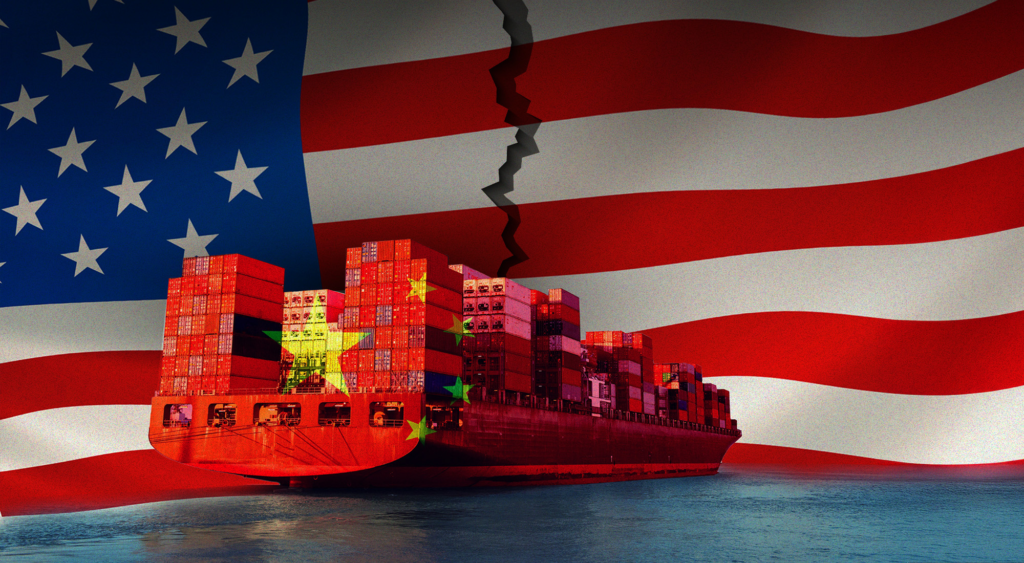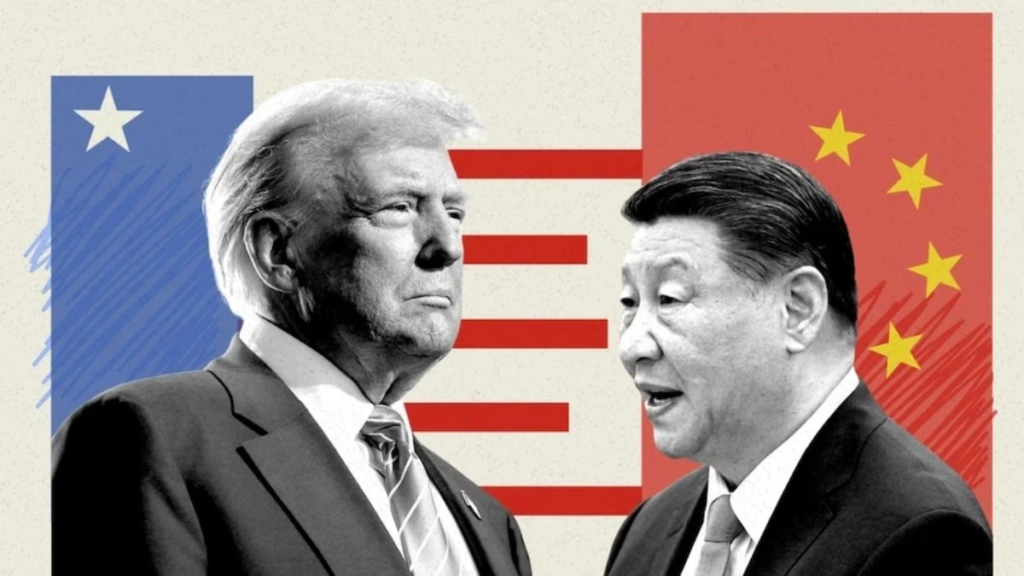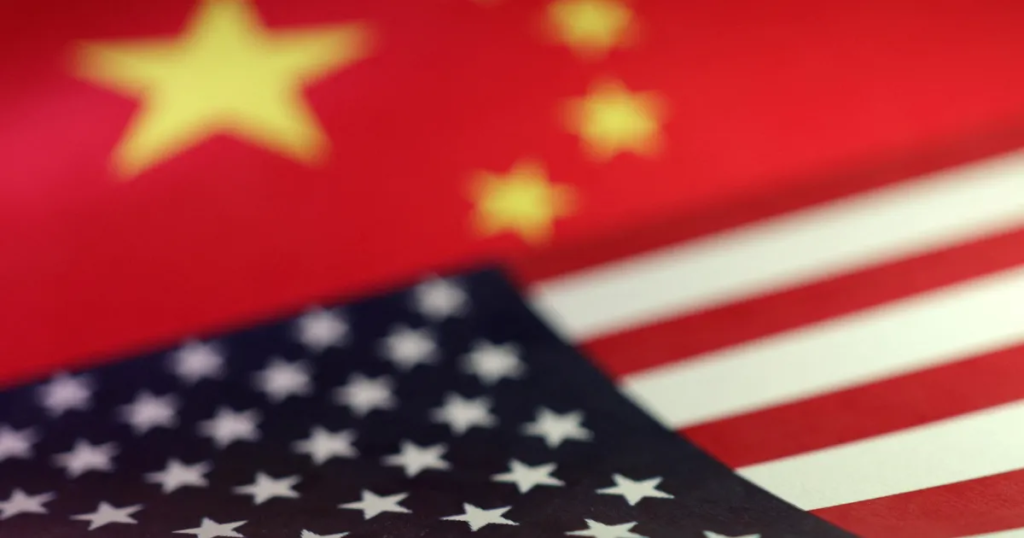The U.S.-China trade war has entered a new phase of escalation, sending ripples through global markets and raising concerns about rising consumer prices in the United States. Recent developments, including steep tariffs and retaliatory measures, have intensified tensions between the world’s two largest economies. While a temporary 90-day tariff reduction was agreed upon in May 2025, the underlying issues remain unresolved, leaving businesses, investors, and consumers bracing for potential economic fallout. This article explores the latest developments, their impact on global markets, and what they mean for American consumers.

A Renewed Trade War
Since President Donald Trump’s return to office in January 2025, trade policies have taken center stage. His administration has pursued an aggressive stance, imposing tariffs as high as 145% on Chinese goods to address trade imbalances and protect American industries. China, in response, raised tariffs on U.S. products to 125%, targeting sectors like agriculture and technology. These tit-for-tat measures have disrupted nearly $600 billion in bilateral trade, threatening supply chains and global economic stability.
In April 2025, Trump announced sweeping tariffs on dozens of trading partners, with China facing the brunt of the measures. However, after negotiations in Geneva, both nations agreed to a 90-day pause, reducing U.S. tariffs on Chinese imports to 30% and Chinese tariffs on U.S. goods to 10%. This de-escalation, announced on May 12, 2025, provided temporary relief to markets, with the S&P 500 rising 3.2% and the Nasdaq surging 4.3% in response. Despite this truce, analysts warn that the pause is temporary, and the threat of renewed escalation looms large.
Impact on Global Markets
The trade war has created significant volatility in global financial markets. When tariffs were first imposed in April, stock markets plummeted as investors feared a global recession. The Nasdaq Composite, for instance, dropped sharply before rebounding 20% from its April low after the tariff pause was announced. The temporary reduction in tariffs also boosted oil prices and strengthened the U.S. dollar, reflecting optimism about eased trade tensions. However, uncertainty persists, as the 90-day pause is set to expire in August 2025, and no permanent resolution has been reached.

The trade war’s impact extends beyond U.S. and Chinese markets. Southeast Asian countries, caught in the crossfire, face pressure to align with either the U.S. or China, complicating their economic strategies. European markets, while benefiting from a separate U.S. tariff delay until July 9, 2025, remain cautious as negotiations with the U.S. continue. The interconnected nature of global trade means that disruptions in U.S.-China relations affect supply chains worldwide, from electronics to agriculture.
For example, Apple, a major player in global markets, lost over $100 billion in market capitalization in a single day after Trump threatened a 25% tariff on iPhones not manufactured in the U.S. This underscores the vulnerability of multinational corporations to trade policies. Companies like Walmart have also warned that rising costs from tariffs could lead to higher consumer prices, signaling broader implications for the retail sector.
Rising Consumer Prices in the U.S.
American consumers are already feeling the pinch of the trade war. Tariffs increase the cost of imported goods, and with China being a major supplier of electronics, clothing, and household items, these costs are passed on to shoppers. The Consumer Price Index (CPI) rose by 0.2% in April 2025, lower than the expected 0.3%, but economists warn that sustained tariffs could drive inflation higher. For instance, tariffs on everyday goods like shoes and electronics have pushed import costs well above the 30% rate cited in the temporary agreement, due to the compounding effect of multiple tariff layers.
Retailers like Walmart have indicated that price hikes are inevitable if tariffs persist. The company, which relies heavily on Chinese imports, warned that increased costs could soon affect shoppers. Similarly, industries dependent on Chinese raw materials, such as those producing military drones and consumer electronics, face higher production costs, which could translate into pricier products. The average U.S. household is estimated to face an additional $1,200 in annual costs due to tariffs, a burden that disproportionately affects working-class families.
The trade war also threatens supply chain disruptions. U.S. retailers and manufacturers, reliant on just-in-time inventory systems, are vulnerable to delays and shortages. During the height of the tariff escalation, some businesses reported paused factory orders in China, raising fears of empty shelves reminiscent of the COVID-19 pandemic. While the 90-day pause has alleviated some concerns, the uncertainty surrounding future trade talks keeps businesses on edge.

China’s Response and Economic Challenges
China has adopted a defiant stance, with state-run media like the Global Times calling the tariff pause a “great victory.” Beijing has coupled its tariff reductions with efforts to stimulate its economy, including cutting benchmark lending rates for the first time since October 2024. These measures aim to boost consumption and loan growth amid slowing economic growth and structural imbalances. However, China faces challenges, including high unemployment and sluggish consumer spending, which could worsen if trade tensions reignite.
Chinese businesses are also diversifying away from the U.S. market to reduce reliance on American consumers. Factories in regions like Guangdong are exploring new markets in the Global South, signaling a potential long-term shift in trade patterns. This move could further complicate U.S.-China economic relations, as both nations navigate a delicate balance between cooperation and competition.
Looking Ahead: Uncertainty and Opportunities
While the 90-day tariff pause has provided breathing room, analysts remain cautious. The agreement is seen as a temporary reprieve rather than a resolution, with underlying issues—such as trade deficits, intellectual property disputes, and geopolitical tensions—still unresolved. Economists warn that a failure to reach a long-term deal could trigger another round of tariffs, further disrupting global trade and raising consumer prices.
For American consumers, the immediate concern is the potential for higher prices on everyday goods. Businesses are likely to continue front-loading inventories to hedge against future tariff hikes, which could exacerbate supply chain pressures. Meanwhile, global markets will remain sensitive to any news from U.S.-China trade talks, with investors closely watching for signs of progress or escalation.
On the positive side, the tariff pause has created opportunities for negotiation. Both sides have expressed a desire to avoid a full economic decoupling, and upcoming talks could lead to a more stable trade relationship. For now, the U.S. and China are set to continue discussions, with potential meetings between Trump and Chinese President Xi Jinping on the horizon. These talks could determine whether the trade war cools off or reignites, with significant implications for global markets and American consumers.
Conclusion
The U.S.-China trade war remains a high-stakes issue with far-reaching consequences. While the recent tariff pause has eased some pressures, the threat of escalation continues to loom, affecting global markets and driving up consumer prices in the U.S. As businesses adapt to uncertainty and consumers brace for higher costs, the outcome of ongoing trade negotiations will shape the economic landscape for years to come. For now, all eyes are on Washington and Beijing as they navigate this complex and evolving conflict.
Read More :- Social Media Platforms Test New Ad Formats, Prioritizing Short-Form Video Content in the USA






